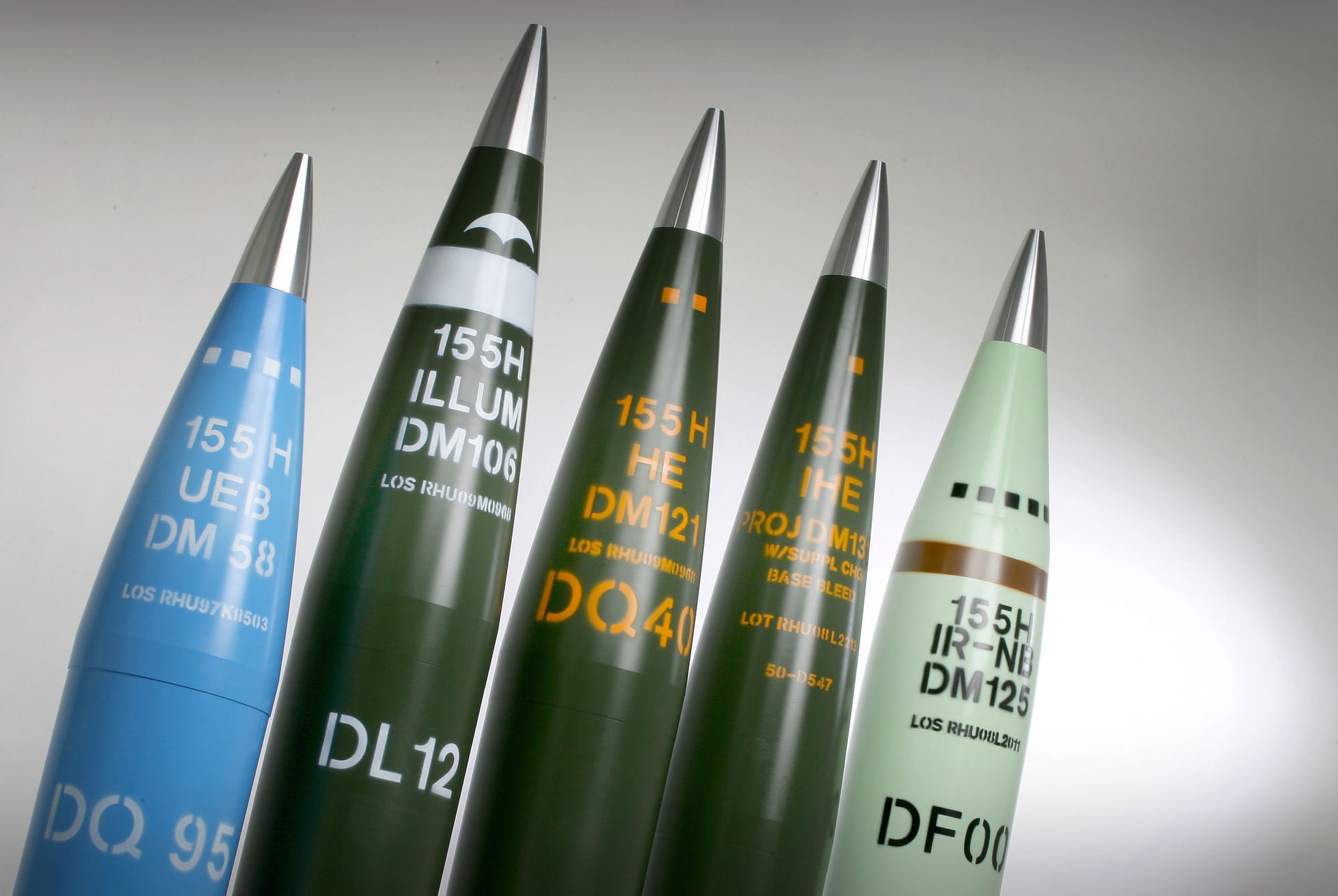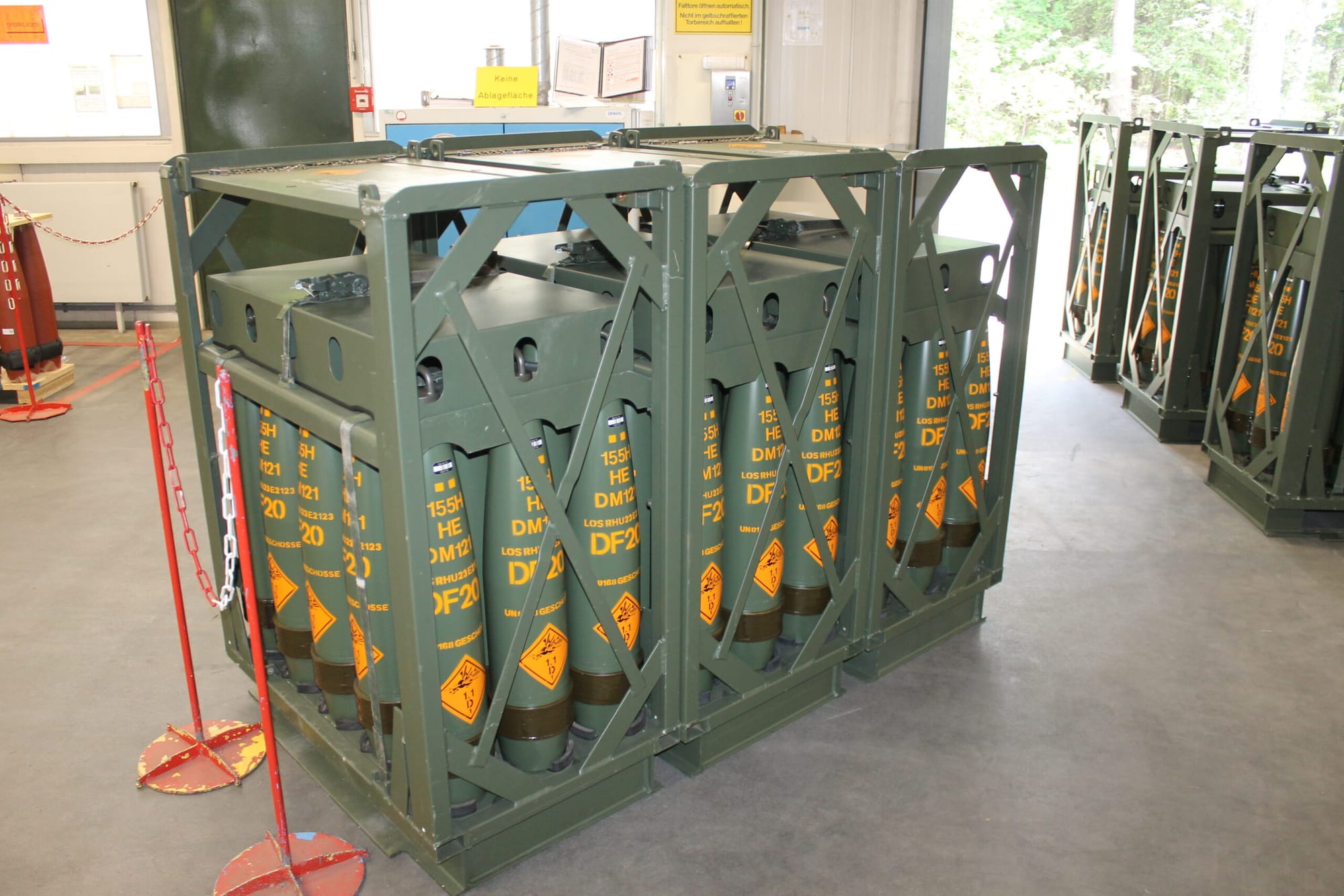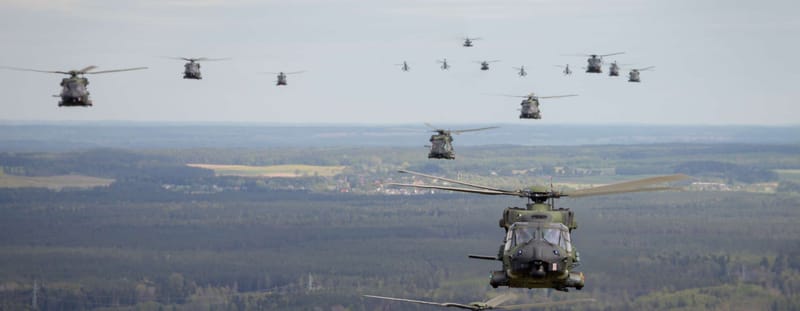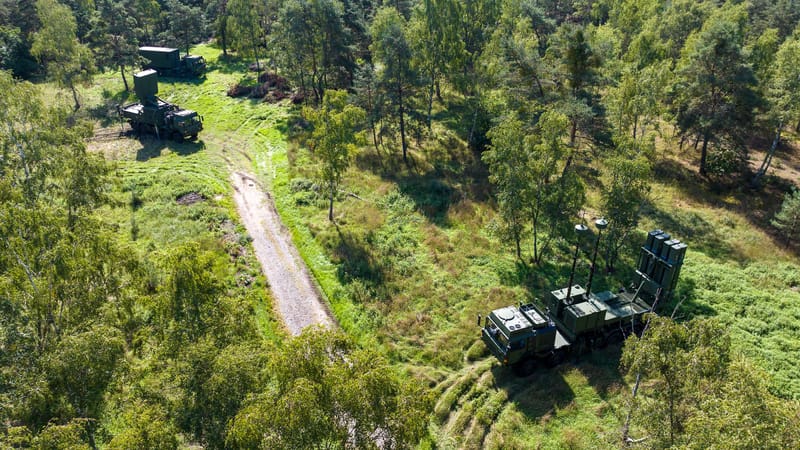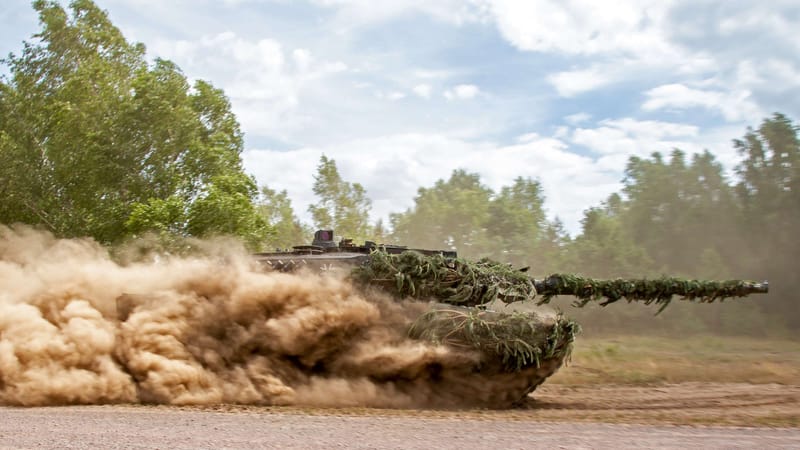Latvia's Artillery Bet: What the Rheinmetall Plant Signifies
The deal establishes the second pillar of an emerging 'Baltic Ammunition Belt,' reshaping NATO's industrial posture on its eastern flank.
Beyond the late-September headlines, Latvia’s agreement for a 155mm ammunition plant warrants a deeper strategic analysis. It confirms a trend we first identified with the Lithuanian project, establishing the second pillar of an emerging 'Baltic Ammunition Belt.'
Riga / Hamburg, 25 September 2025 — Latvia has signed a memorandum of understanding with Rheinmetall to establish a domestic 155 mm artillery ammunition production line, operated as a joint venture between Rheinmetall Waffe Munition GmbH (51%) and the Latvian State Defence Corporation LLC (49%). The plant is scheduled to break ground in spring 2026, with production slated for 2027.
Key Parameters
The Latvian project represents an investment of €275 million. The facility will include shell forging and filling lines, employ around 150 people, and is expected to produce “several tens of thousands” of shells annually — broadly estimated at 30–50,000 rounds.
This move follows a parallel project in Lithuania, which, as we analyzed previously, is establishing the first pillar of this emerging Baltic industrial corridor. In late 2024, Lithuania announced its own 155 mm plant at Baisogala with an investment exceeding €180 million. Operations there are expected to begin in mid-2026, with an annual output on the same “tens of thousands” scale and a similar 150-person workforce.
By contrast, Rheinmetall’s hub at Unterlüß in Germany is undergoing a €500 million expansion. Output is scheduled to rise from roughly 25,000 rounds in 2025 to 140,000 in 2026, and ultimately to around 350,000 shells annually by 2027. The site employs more than 500 staff dedicated to ammunition production and serves as the group’s core European node.
The United States has embarked on an even larger ramp-up. By mid-2025, Washington had committed close to $5 billion to modernizing its munitions base. Its original goal of reaching 100,000 shells per month by late 2025 has slipped to mid-2026, but once achieved would translate into roughly 1.2 million rounds per year across a vast supplier base employing thousands.
Großwald Estimate: At €275 million capital expenditure and an output of roughly 40,000 shells per year, Latvia’s implied capital intensity is about €6,800 per annual unit of output capacity. This positions Latvia as a medium-scale producer: comparable to Lithuania’s, but far below Rheinmetall’s German hub or the U.S. surge model.
Industrial Logic
- Redundancy & dispersion: By embedding production east of Germany, Rheinmetall is creating a distributed munitions grid less vulnerable to strikes, political blockages, or supply bottlenecks.
- Supply chain integration: Latvia brings location, subsidies, and political will. Rheinmetall provides forging and filling know-how and quality assurance. Local subcontractors are expected to handle casings, logistics, and possibly energetics packaging.
- Dependencies: Critical inputs — RDX, nitrocellulose, fuze technology — remain external. Europe still faces structural bottlenecks in propellant chemicals (dependent largely on U.S. and Norwegian supply) and in fuze/primer assemblies, which are capital-intensive to localize.
Strategic Context
Baltic Ammunition Belt
With Lithuania’s Baisogala facility due online in 2026, Latvia’s plant extends a contiguous production corridor across NATO’s eastern flank. This represents forward industrial anchoring rather than simply forward force presence.
Alliance Bargaining Power
Latvia shifts from being a net consumer to becoming a partial producer and potential exporter, changing its standing in NATO procurement politics. Surplus output could be fed into EU and NATO stockpiles under initiatives like the ASAP framework or the Czech-led joint procurement schemes.
Russian Calculus
The Latvian facility will sit within reach of Russian Iskander-M and Kalibr strikes, making it a likely target in any escalatory scenario. Russian ISR, cyber operations, or hybrid sabotage should be anticipated long before production begins.
Risk Vectors
- Timing: The 12–15 month window from groundbreaking to first production is ambitious. Any slippage pushes operations into 2028.
- Scale vs. demand: Ukraine’s peak burn rate in 2023 exceeded 240,000 rounds per month. Latvia’s annual output would cover less than one week of such fighting.
- JV frictions: The 51/49 ownership structure appears balanced but could create disputes over export destinations, technology transfer, or pricing.
- EU alignment: Export compliance and subsidy eligibility under frameworks like ASAP or the European Defence Fund must be clarified to avoid underutilization.
- Security: No details have been released on hardening, dispersion, or on-site air defense, leaving the facility strategically exposed.
Corporate Strategy: Rheinmetall’s Pivot East
CEO Armin Papperger frames the deal as “supporting Latvian sovereignty.” Strategically, it is part of a broader hedge:
- German bottleneck hedge: Plants in the Baltics reduce exposure to German regulatory delays, labor costs, and political constraints.
- NATO lock-in: Co-ownership ties local governments directly into Rheinmetall’s supply network, ensuring long-term political protection for the group.
- Investor signaling: Distributed capacity demonstrates that Rheinmetall can scale reliably to meet both European and allied demand.
Großwald Assessment
- Industrial depth: Latvia’s entry marks a step in NATO’s shift from centralized arsenals to distributed, allied-owned production clusters.
- Strategic resilience: The facility will not solve wartime demand gaps, but it adds redundancy to NATO’s network, complicating adversary targeting and reducing single-point failure risks.
- Political economy: By hosting production, Latvia positions itself as a defense industrial stakeholder, recalibrating its role in NATO and EU procurement debates.
- Outlook: By 2028, a Baltic production arc — Lithuania, Latvia, and potentially Poland — could reach 80–100,000 rounds per year. Still modest against demand, but strategically and symbolically significant.
Bottom line: Latvia’s €275 million plant is not designed for raw volume but rather industrial sovereignty, redundancy, and alliance signaling. Its real value lies in anchoring Rheinmetall eastward, embedding local governments into its supply network, and providing NATO with hardened, distributed capacity on the eastern flank.
